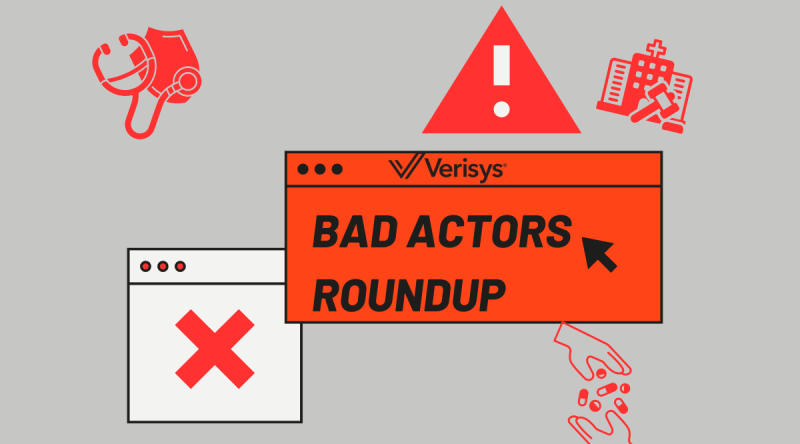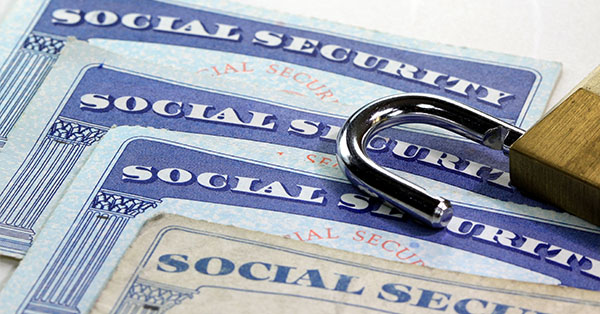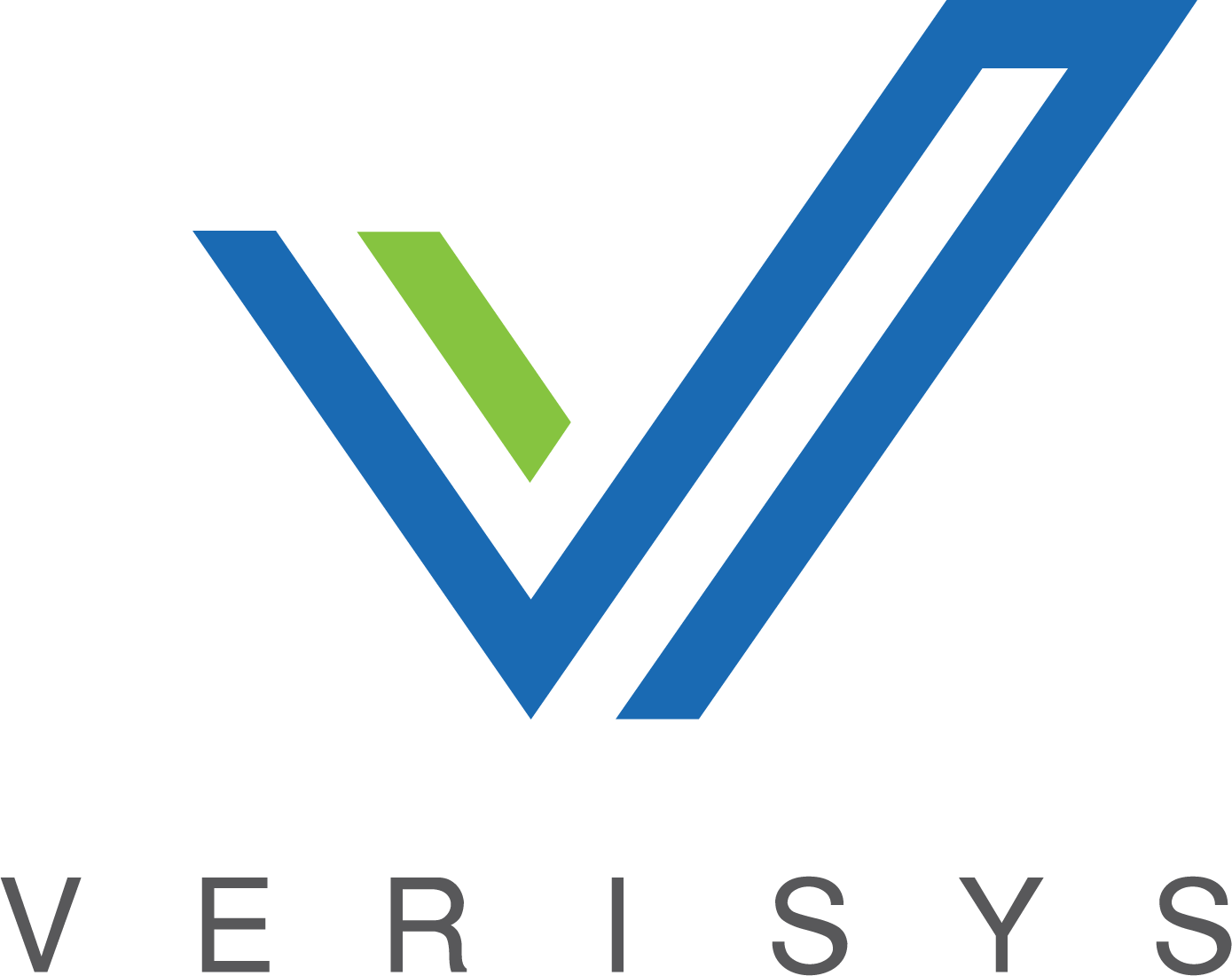March 2024 Bad Actor Roundup By Verisys Each month we will give a roundup of recent healthcare fraudsters and compliance busters. Here is a round up of bad actors: Physician Fraud Physician pays...


THE DEATH MASTER FILE HOLDS THE KEY TO MITIGATING IDENTITY FRAUD
What is the SSA Death Master File?
The Death Master File (DMF) is an important primary source to include when working to achieve full transparency on each individual within and associated with your organization. Verisys Corporation has permissive use of this data, which is key in the prevention of identity fraud.
The Death Master File is also known as the Social Security Death Index (SSDI) and is a subset of the Social Security Administration’s Numident, the Numerical Identification System, a database file containing data on all Social Security numbers since 1936 and digitized in 1961.
Information Found in the Death Master File
The Death Master File, a searchable database on individuals who had Social Security numbers and whose deaths were reported to the Social Security Administration (SSA), has been available since 1980 and contains some 83 million records dating back to 1962; and also includes those who died prior to 1962 who still had active Social Security accounts in 1962. An estimated three million death records are expected to be added to the Death Master File in 2019.
The DMF is not an exhaustive list as it relies on data reported from many different sources such as financial institutions, State and Federal institutions, families, health care institutions, funeral homes and others. There is often a lag in reporting time based on lack of knowledge of process, back log of administrative tasks, and in some cases, intentional delay for fraudulent collection of Social Security benefits.
The Death Master File database includes first and last name, with middle initials added starting in 1990; date of birth; month and year of death, with the day of death added in 2000; social security number; and, in some cases, information regarding verification of death.
The file is considered a public document under the Freedom of Information Act with monthly and weekly updates of the file available for sale from the National Technical Information Service (NTIS) of the U.S. Department of Commerce.
Common Names for the SSA Death Master File
SSADMF
SSDMF
SSNDMF
SSDI
LADMF
Limited Access Death Master File
Social Security Death Index
Death Master Index
FULL DMF FILE AND LIMITED ACCESS FILE (LADMF)
There are two different levels of access—the full file and the Limited Access Death Master File (LADMF). The full file is shared exclusively with Federal or State agencies and includes state death records.
To request the full file of death information, it is a requirement to disclose and verify the reason for the request as it relates to the legal authority described in section 205(r) of the Social Security Act. It is also required to assure proper security measures and ensure safeguards are in place to protect the Personally Identifiable Information (PII) contained in the file.
The limited access file, also known as, the public file of death information, or the public Death Master File, does not include state death records. This public file is distributed to certified subscribers by the National Technical Information Service through a certification program pursuant to Section 203 of the Bipartisan Budget Act of 2013 that requires NTIS to charge fees in an amount that covers the certification program. The final rule was put into effect November 28, 2016.
Once certified, the subscriber must associate the use of the list with an approved purpose such as to prevent fraud. It is recommended to preview the criteria in the certification form and sample attestation prior to paying the non-refundable several thousand dollar fee to apply. Subscribers are typically other agencies and private enterprises such as banks, credit companies, insurance companies, family history services, and health care organizations.
USING THE DEATH MASTER FILE IN HEALTH CARE
The primary uses for the SSA DMF in health care include initial screening and monitoring for credentialing of a health care provider to rule out identity fraud. Using the credentials of a deceased provider to prescribe drugs, goods and/or services is a fraud scheme used to exploit gaps in the system. This type of fraudulent activity siphons billions of dollars from payers, providers and health care organizations.
Verisys Corporation is a certified subscriber to the Limited Access Death Master File. The Death Master File is not conclusive, however, using technology and the science of collecting and aggregating data from thousands of primary source publishers and subsequently matching data records to individuals and entities, it allows one piece of data to contribute to a whole that cumulatively paints a 360-degree view of full transparency on every provider in your organization.
A best-practice approach complies with State and Federal laws, guidelines set forth by multiple standard-setting bodies, and additionally, takes action in response to current threats, epidemics, and fraud schemes in order to provide the highest possible care to patients. Working towards a more proactive approach to compliance and provider transparency, the health care industry can mitigate fraud and re-direct resources lost in fraud schemes to better patient care.
Learn more about how Verisys can assist your HCOs in meeting all government and regulatory standards.
 |
Written by Verisys Verisys transforms provider data, workforce data, and relationship management. Healthcare, life science, and background screening organizations rely on our comprehensive solutions to discover their true potential. Visit verisys.com to learn how we turn problems into power.
|